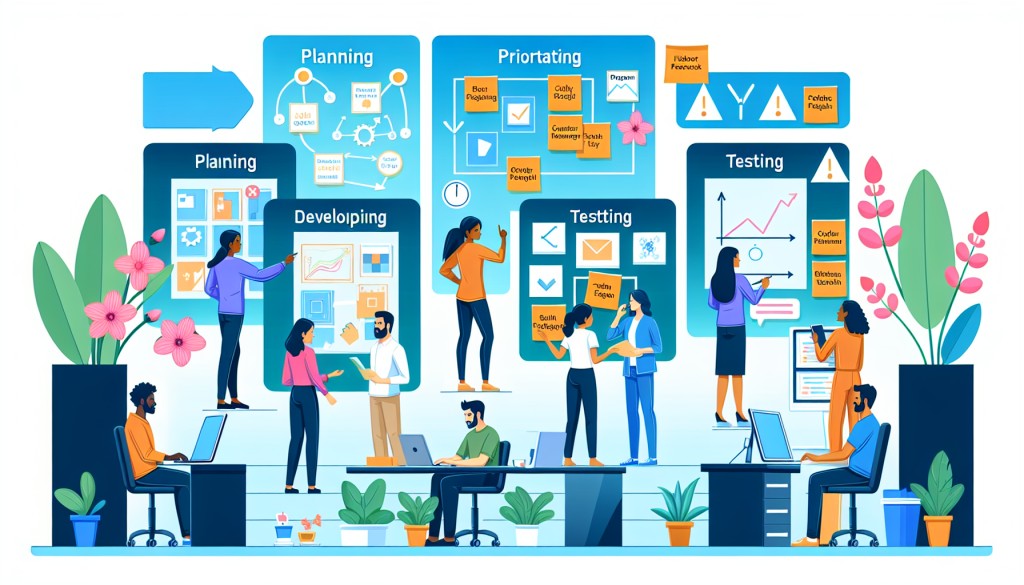Agile Product Management: Is It Worth the Hype?
How Agile Product Management Can Drive Revenue Growth .
In recent years, Agile Product Management has emerged as a popular approach to managing product development projects. Characterized by its iterative and collaborative nature, Agile Product Management promises to deliver products faster, with greater flexibility and customer satisfaction. But is it really worth all the hype?
Proponents of Agile Product Management argue that its focus on continuous feedback and adaptation leads to better outcomes. By breaking down projects into smaller, more manageable chunks, teams can quickly respond to changing requirements and market conditions. This, in turn, can result in faster time-to-market and a more competitive product.
Furthermore, Agile Product Management encourages a customer-centric approach, with regular feedback loops ensuring that the final product meets the needs of its users. By involving customers early and often in the development process, teams can identify and address issues before they become major problems, leading to higher levels of customer satisfaction.

On the other hand, critics of Agile Product Management point to potential drawbacks. The fast-paced, iterative nature of Agile can be demanding on teams, leading to burnout and decreased morale. Additionally, the lack of a detailed upfront plan can make it difficult to track progress and predict outcomes, potentially leading to missed deadlines and budget overruns.
Despite these concerns, many companies have successfully implemented Agile Product Management and seen positive results. By embracing the principles of Agile, teams can adapt quickly to changing circumstances, deliver value to customers sooner, and ultimately achieve greater success in the marketplace.
In conclusion, while Agile Product Management may not be a one-size-fits-all solution, it certainly has its merits. By fostering collaboration, flexibility, and customer focus, Agile can help teams deliver better products faster. Whether or not it lives up to the hype ultimately depends on how well it is implemented and integrated into an organizations culture.